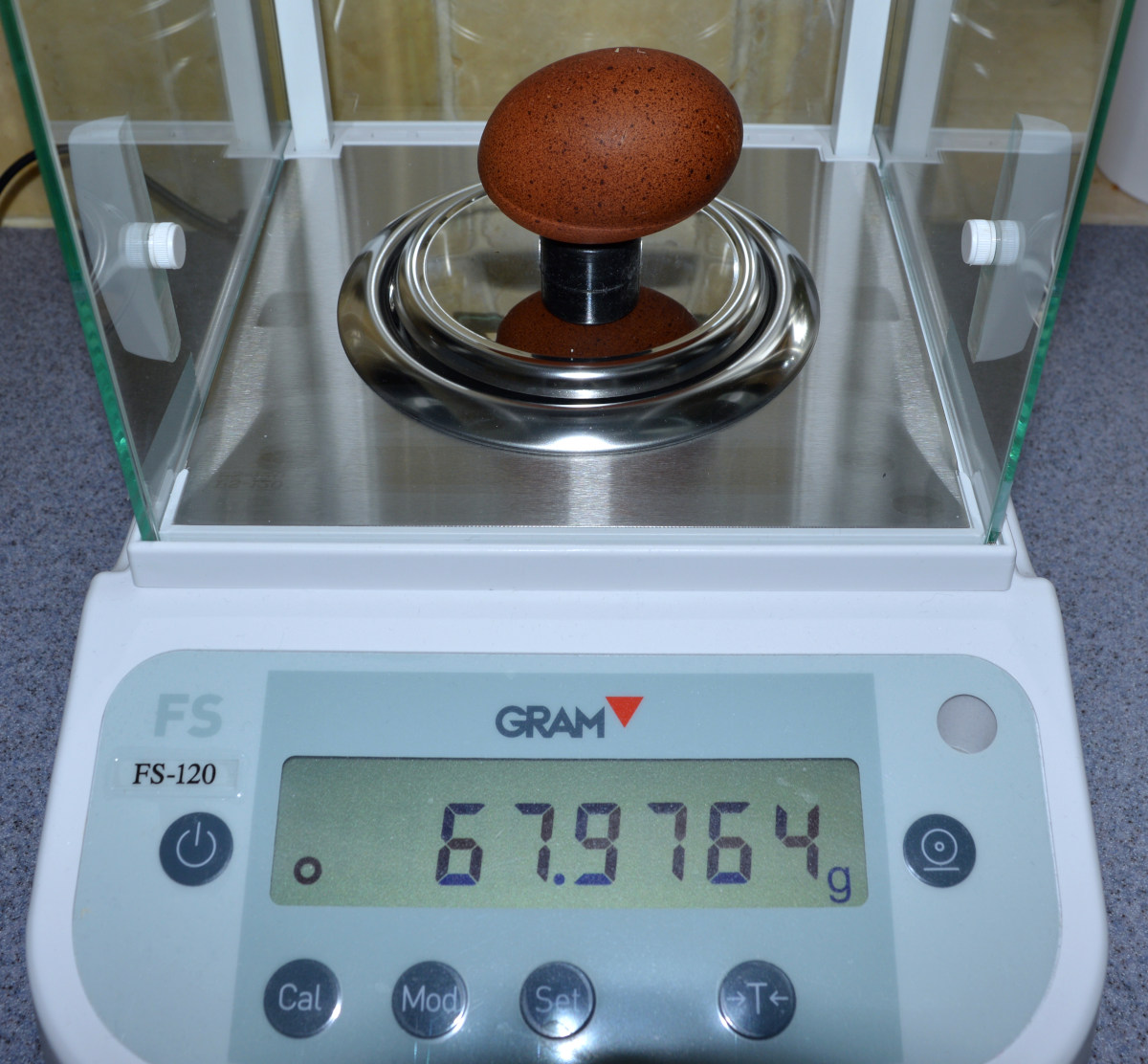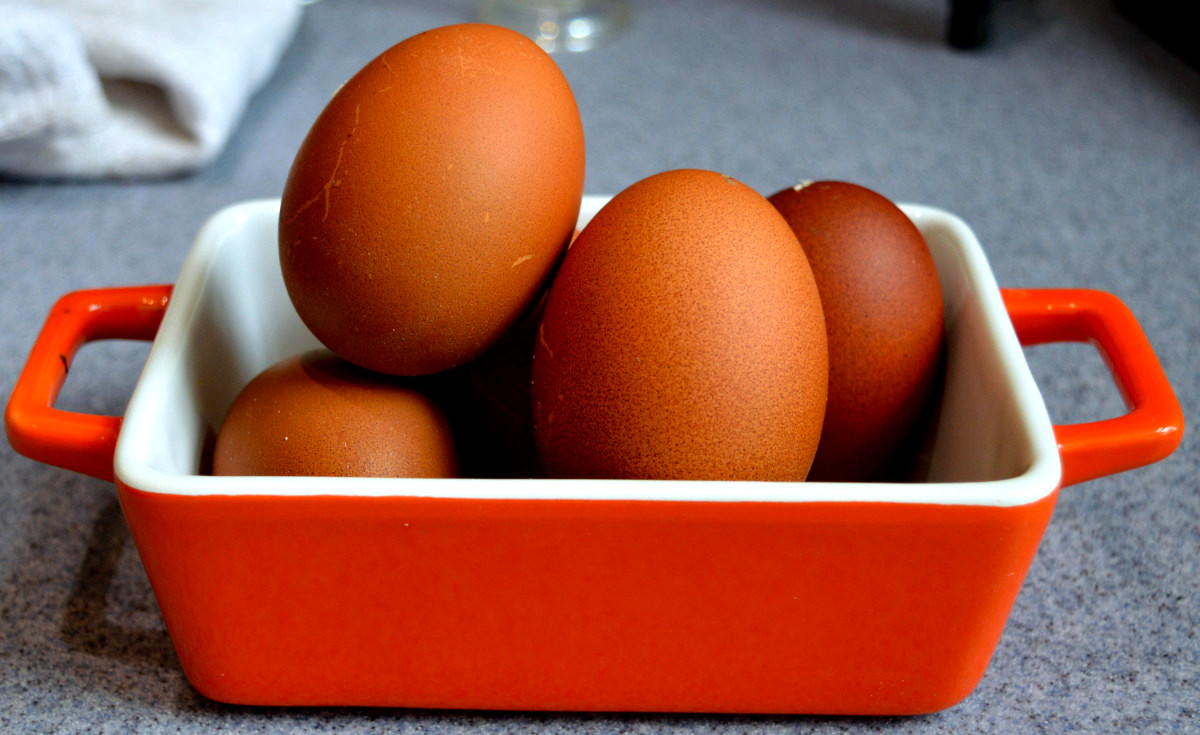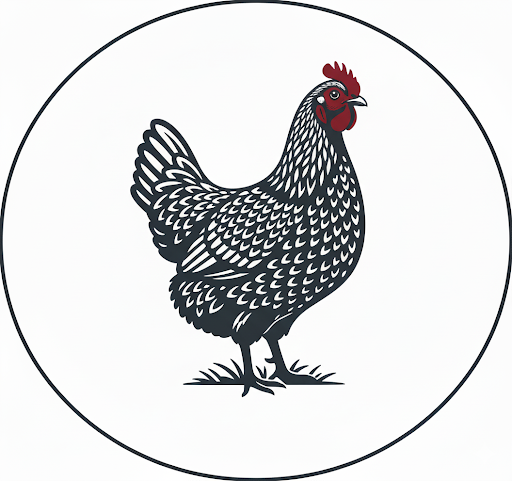What to look for when buying Barnevelders, where to get them and how much will they cost.

Barnevelders are best known for their dark brown eggs and their striking feather patterns, especially the Double Laced types.
The Barnevelder is both more expensive to buy and keep than the average laying hen.
Table of Contents
They’re steady layers, even through winter when other breeds slow down, and they have a calm, friendly temperament - both practical and beautiful.
That combination makes them highly sought after, and it’s why prices and availability can vary so much depending on quality.
You can add Barnevelders to your flock by:
- Hatching eggs,
- Buying day old chicks,
- Buying growing stock,
- POL pullets,
- Fully grown breeding stock.
Each method comes at its own price point with different time and care commitments.
The first step is to decide what you actually want from your Barnevelders. Will you be happy with hatchery stock, do you want that big brown egg or do you want to show your birds.
Below: One of the main attractions of the breed is this egg.

I chose my stock for the big brown eggs which is why I don't have as much success showing birds as I would like.
What to look for when choosing Barnevelders.
The first and most important thing to look for is the iconic Barnevelder shape, breed standards and feather pattern.
This intricate feather design is what makes Barnevelders so special. The feathers should be a deep, rich colour with clean lacing. The stance should be upright and the legs should be yellow and the eyes orange.
Below: A gold laced Barnevelder rooster. Note the upright stance, clean lines and beetle sheen on the feathers.

Secondly, a healthy Barnevelder is an active, alert one. They should have bright eyes and a clean beak, nostrils and vent. I look for a bird that is curious and responsive to its environment. Avoid birds that are lethargic, have a dirty vent, or have any signs of illness.
When buying, keep these things in mind:
- Health First: Clear eyes, red comb, clean nostrils. Smooth feathers without bald patches. Active and alert, not hunched in a corner. No scaly legs or wheezing.
- Breed Standard Qualities: For Double Laced: rich mahogany base feathers with neat black lacing. Broad, strong body with a well-rounded chest. Yellow legs and upright carriage.
Thirdly, Barnevelders are generally calm and friendly chickens. They are not prone to being flighty or aggressive. When you're at the breeder's, try to interact with the birds.
Below: Temperament is a big part of the breed. They are happy go lucky type and flighty or nervous birds should be avoided.

You'll want to find one that doesn't shy away from you. A calm demeanour is a good indicator that the bird has been well socialised and will be a welcome addition to your flock.
What to pay for your Barnevelders:
Prices vary widely depending on age, quality, and whether you’re buying from a hatchery, hobbyist or a serious breeder.
Top Tip: The advantage to buying fully grown birds over eggs and chicks is you can see exactly what the final result will be.
As a rough guide (US and UK prices):
- Hatching eggs: ($3 - $6) £2–£5 each - depending on quality and rarity of the line.
- Day-old chicks: ($7 - $12) £6–£10 each - cheaper in bulk or unsexed, but higher risk.
- Growers at 8 to 12 weeks: ($20 - $30) £15–£25 each.
- Point of lay pullets at 18–24 weeks: ($40 - $60) £25–£40 each.
- Show-quality or rare varieties (e.g., Silver Laced): ($60 +) £40–£60+, sometimes more.
- The cheapest price I found was $7.94 for bulk unsexed day old chicks rising to $12.99 for small numbers of sexed female day old chicks.
My prices all fall within the guide UK prices in the list above.
At the very top end - I did pay £240 ($300) for a proven breeding trio of splash Barnevelders a few years ago. This should be the top price for the very best stock, if you are being asked to pay much more than this I would decline!
Red flags to watch out for:
Sellers who won’t let you see the parent stock. A healthy bird is non-negotiable. If the seller can’t show you bright, lively birds, walk away.
Birds that look lethargic, overly tatty or feather pecked or overcrowded. As chickens grow they can look a bit rough from time to time as they change their feathers and grow into their new bodies but lots of missing feathers is a big no-no.
Below: I am happy to show anyone my chickens.

Prices that seem “too good to be true.” Under or overpaying red flags: Anything under $4/chick screams poor quality; above $30 for basics means you're funding fluff.
No paperwork, no history or no care advice. Here in the UK it is a legal requirement for keepers of more than 50 birds to keep records for feeding and treatment. Any decent producer should keep productivity records as well.
Buying chickens should feel transparent. If something feels off, trust your gut.
A quick note about buying hatching eggs:
You may find a situation where you have the opportunity to buy the most amazing Barnevelder eggs but the birds may disappoint you when hatched and grown out.
Perfection isn’t necessary if you’re buying for eggs, but if you’re paying top price for show-quality stock, the markings should be crisp and symmetrical.
Below: Buying hatching Barnevelder eggs can be risky.

There is a subset of poultry showers that raise the birds to show their eggs and are less bothered by the appearance of the bird as long as the eggs look good on the show bench.
I stumbled on this a few years ago only to discover the strain in question had been out-crossed to Welsummers to improve the egg colour making further breeding selection choices very difficult.
